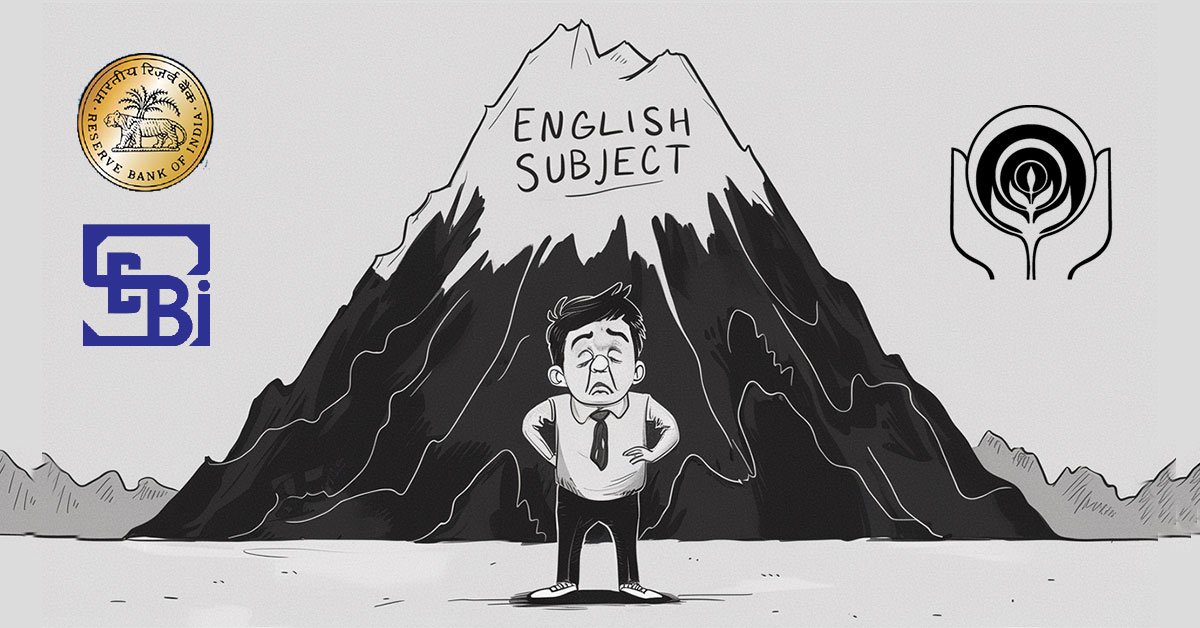
Introduction
The Food and Agriculture Organization (FAO) of the United Nations is one of the most important international organizations dedicated to eliminating hunger, improving nutrition, and promoting sustainable agricultural practices worldwide. Since its establishment in 1945, FAO has played a pivotal role in shaping global policies, supporting agricultural development, and combating food insecurity.
Historical Background of FAO
- The Food and Agriculture Organization (FAO) was established on 16 October 1945 in Quebec City, Canada, as a specialized agency of the United Nations.
- Its creation was inspired by the need to address global hunger and promote agricultural development after the devastation of World War II.
- The idea originated during the Hot Springs Conference in 1943, where 44 governments came together to discuss food and nutrition challenges.
- In 1951, the FAO headquarters was moved to Rome, Italy, where it continues to operate as a key player in ensuring global food security and sustainable agriculture.
| Event | Description |
|---|---|
| 1943 | The concept of an international food body was proposed at the Hot Springs Conference in the USA. |
| 16 October 1945 | FAO was officially established in Quebec City, Canada, as a specialized agency of the United Nations. |
| 1951 | FAO headquarters was relocated to Rome, Italy. |
| Post-1945 | FAO took charge of several missions related to food distribution, agricultural recovery, and policy-making in war-torn regions. |
Today, 16 October is celebrated as World Food Day, commemorating the founding of the FAO.
Objectives and Mission of FAO
FAO’s overarching goal is:
“Achieving food security for all and ensuring that people have regular access to enough high-quality food to lead active and healthy lives.”
Core Objectives:
- Eradicate hunger, food insecurity, and malnutrition.
- Eliminate poverty and promote economic and social progress.
- Enhance productivity, sustainability, and resilience of agriculture, forestry, and fisheries.
- Develop rural areas and improve livelihoods.
- Ensure inclusive governance of natural resources.
Organizational Structure of FAO
| Org Body | Function |
|---|---|
| Conference | Supreme body; meets every 2 years; sets overall policy and budget. |
| Council | Interim governing body; monitors implementation of policies. |
| Director-General | Heads the Secretariat; current DG is QU Dongyu (China) since 2019. |
| Technical Committees | Provide expert advice (e.g., Committee on Agriculture, Committee on Forestry). |
| Regional Offices | Africa, Asia & Pacific, Europe & Central Asia, Latin America & Caribbean, Near East & North Africa. |
Key Functions of FAO
- Data Collection & Analysis:
FAO is a leading source of global data on agriculture, forestry, fisheries, food prices, and hunger statistics. - Technical Assistance:
Offers expert advice, training, and support for agricultural development. - Policy Dialogue:
Facilitates international dialogues, agreements, and frameworks for food systems. - Emergency Response:
Provides food aid and technical assistance during natural disasters, pandemics, and conflicts. - Capacity Building:
Helps countries develop sustainable food systems and climate-resilient agriculture.
Major FAO Programs & Initiatives
1. FAOSTAT (Statistical Database)
- A comprehensive online database with global statistics on agriculture, food, fisheries, forestry, and nutrition.
2. Codex Alimentarius
- Joint FAO/WHO initiative to set international food safety standards and guidelines.
3. Hand-in-Hand Initiative
- Promotes targeted investments and partnerships to reduce poverty and hunger in the poorest countries.
4. The Global Soil Partnership
- Aims to improve the health and productivity of soils for sustainable agriculture.
5. One Health Initiative
- Collaborative approach integrating human, animal, and environmental health to prevent disease outbreaks and ensure food safety.
6. Blue Transformation
- Strategy to boost sustainable development in fisheries and aquaculture.
FAO’s Role in Achieving SDGs
FAO plays a critical role in helping countries achieve the Sustainable Development Goals (SDGs) — especially:
| SDG | Goal |
|---|---|
| SDG 2 | Zero Hunger |
| SDG 1 | No Poverty |
| SDG 12 | Responsible Consumption and Production |
| SDG 13 | Climate Action |
| SDG 15 | Life on Land |
FAO and Climate-Smart Agriculture (CSA)
Climate change poses a major threat to global food security. FAO promotes Climate-Smart Agriculture (CSA), which includes:
- Sustainable land and water management
- Drought-resistant crop varieties
- Early warning systems for climate risks
- Agroforestry and carbon sequestration
FAO’s Work in India
FAO has supported India in:
- Green Revolution and irrigation development
- Agricultural mechanization and technology transfer
- Nutrition improvement through the Integrated Child Development Services (ICDS)
- Food and nutrition security via the National Food Security Act (NFSA)
- Natural resource management and crop insurance schemes
Challenges Faced by FAO
| Challenge | Description |
|---|---|
| Funding Constraints | Limited voluntary contributions affect program reach. |
| Geopolitical Conflicts | Disrupt food supply chains and agricultural operations. |
| Climate Change | Increases unpredictability and risk in farming systems. |
| Biodiversity Loss | Threatens food security and sustainability. |
| Policy Coordination | Varies among member countries and slows implementation. |
Achievements and Global Impact
- Reduced global hunger levels (despite recent reversals due to COVID-19 and conflicts)
- Provided technical support to over 130+ countries
- Supported policy frameworks like Right to Food, Agroecology, and Resilient Agriculture
- Coordinated response to locust outbreaks in Africa
- Promoted gender equality and inclusive rural development
Future Outlook
- FAO’s Strategic Framework 2022–2031 focuses on:
- Better production
- Better nutrition
- Better environment
- Better life — leaving no one behind.
With rising concerns about global hunger, climate change, and food inflation, FAO’s role will become increasingly crucial in shaping equitable and resilient food systems worldwide.
Conclusion
The Food and Agriculture Organization (FAO) stands as a beacon of hope in the fight against hunger, malnutrition, and unsustainable agriculture. Through partnerships, data-driven strategies, and inclusive development, FAO continues to guide global efforts toward a world where everyone has access to sufficient, safe, and nutritious food.
Frequently Asked Questions (FAQs)
Q1. When was FAO founded?
A. FAO was founded on 16 October 1945.
Q2. Where is the headquarters of FAO?
A. The FAO headquarters is located in Rome, Italy.
Q3. What is the full form of FAO?
A. FAO stands for Food and Agriculture Organization.
Q4. What are FAO’s main functions?
A. Data collection, technical assistance, emergency response, policy advocacy, and capacity building.
Q5. How does FAO support developing countries?
A. Through funding, policy support, training, agricultural technology transfer, and food security programs.















